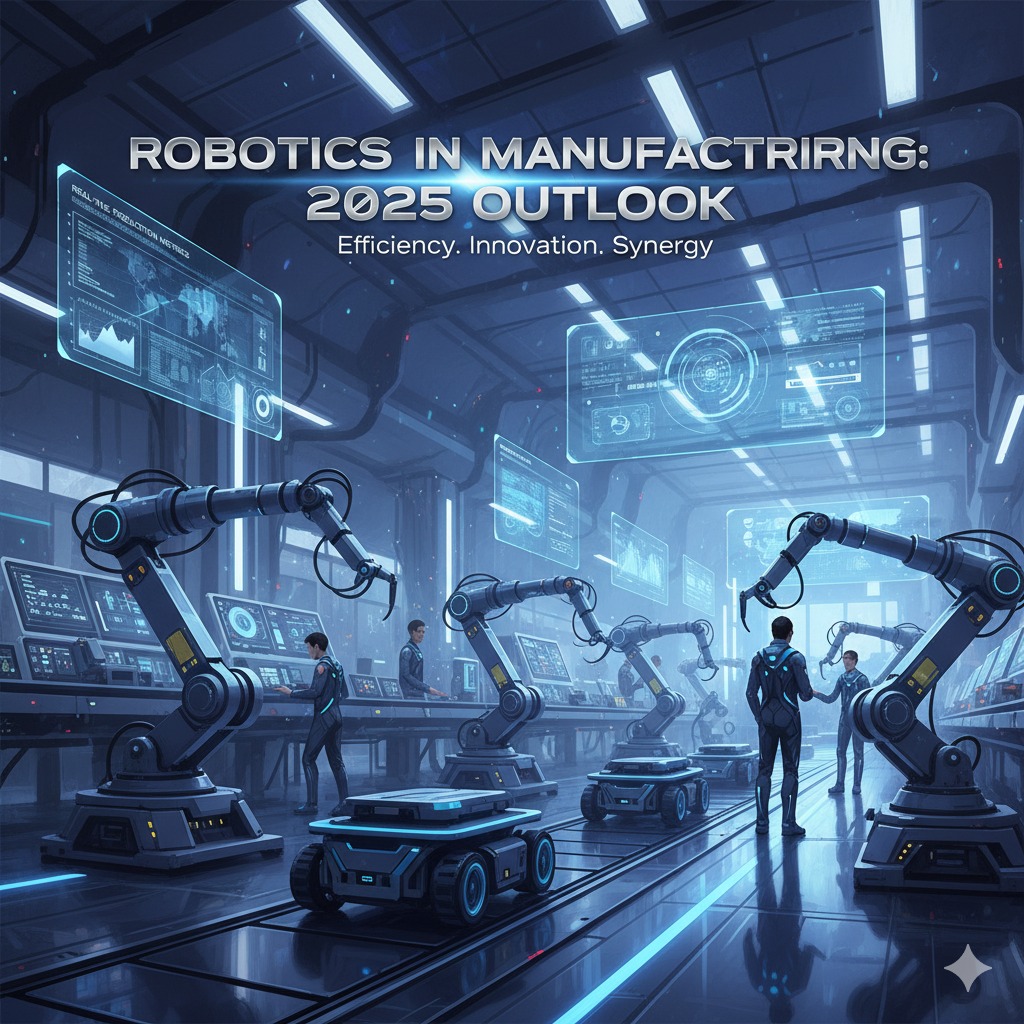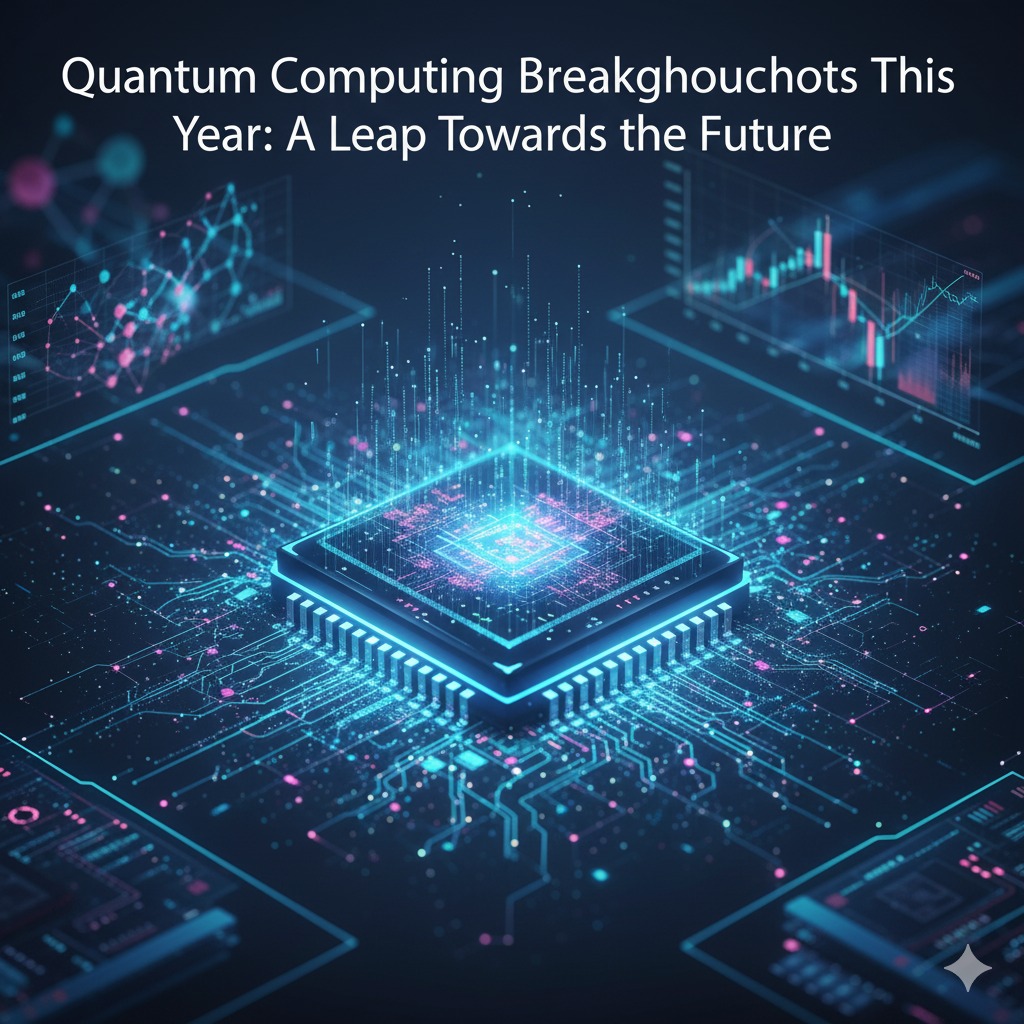
Robotics in Manufacturing: 2025 Outlook
Mục lục 1 Robotics in Manufacturing: 2025 Outlook – The Dawn of Hyper-Automation 1 1....
In the rapidly accelerating universe of Artificial Intelligence, a single titan stands preeminent, powering the breakthroughs that redefine our world. From the most advanced large language models to critical scientific simulations, one company’s hardware has become the indispensable engine: Nvidia. Far beyond its origins in gaming graphics, Nvidia has meticulously cultivated a dominant position in the AI chip market, a position so formidable it reshapes the very landscape of technological innovation.
This isn’t merely about market share; it’s a saga of visionary leadership, relentless engineering, and the strategic foresight to build an entire ecosystem around its hardware. For anyone fascinated by the cutting edge of technology, understanding Nvidia’s stronghold is crucial to grasping the future of AI. Join us as we dissect the layers of this unparalleled dominance, exploring the technological marvels, strategic maneuvers, and ecosystem advantages that have cemented Nvidia’s status as the king of AI silicon.
Nvidia’s journey to AI supremacy began with a fundamental advantage: its expertise in Graphics Processing Units (GPUs). Initially designed to render complex 3D graphics for video games, GPUs are inherently structured for parallel processing – performing many calculations simultaneously. This architecture, vastly different from a CPU’s serial processing, proved serendipitous for the demands of Artificial Intelligence. Machine learning algorithms, particularly deep learning, thrive on performing millions of identical calculations across vast datasets. Early researchers discovered that Nvidia’s GPUs, with their thousands of cores, could accelerate these computations by orders of magnitude compared to traditional CPUs.
This early realization, combined with Nvidia’s foresight, led to the development of CUDA (Compute Unified Device Architecture) in 2006. CUDA was a revolutionary programming platform that allowed developers to harness the parallel processing power of Nvidia GPUs for general-purpose computing, moving beyond just graphics. This pivotal moment opened the floodgates, turning Nvidia GPUs into general-purpose parallel supercomputers accessible to researchers and developers worldwide, laying the essential groundwork for their future AI dominion.
Nvidia’s dominance isn’t a fluke; it’s built on a foundation of cutting-edge hardware paired with an unmatched software ecosystem. The company consistently pushes the boundaries of chip design, releasing generations of GPUs specifically optimized for AI workloads. The most recent examples, such as the Hopper H100 and the upcoming Blackwell B200, are not merely faster; they integrate specialized Tensor Cores designed to accelerate the matrix multiplications critical for neural networks. These chips feature staggering transistor counts, unprecedented memory bandwidth, and intricate interconnect technologies like NVLink, allowing multiple GPUs to act as a single, massive computational unit.
However, raw hardware power is only half the story. The true genius lies in Nvidia’s CUDA platform. CUDA is not just a driver; it’s a comprehensive software stack comprising libraries, compilers, and development tools that make it relatively easy for AI researchers and engineers to write and optimize code for Nvidia GPUs. This deep integration means that virtually every major AI framework – TensorFlow, PyTorch, JAX – is heavily optimized for CUDA. This synergy creates a powerful lock-in effect: developers and organizations who invest in Nvidia hardware benefit from the most mature and efficient software tools, making it incredibly difficult to switch to alternative platforms without significant re-engineering and performance compromises.
The strength of Nvidia’s ecosystem extends far beyond just CUDA. Over nearly two decades, a vast community of millions of developers, researchers, and data scientists has grown around Nvidia’s technologies. This community actively contributes to libraries, shares best practices, and trains the next generation of AI talent on Nvidia’s platforms. Universities teach CUDA, industry standard tools run on Nvidia GPUs, and virtually every groundbreaking AI paper or model published today has leveraged Nvidia hardware.
This creates a powerful, self-reinforcing cycle. As more researchers use Nvidia GPUs, more software and models are developed and optimized for them. This, in turn, makes Nvidia GPUs even more attractive to new users and institutions, further solidifying their market position. The company also invests heavily in complementary technologies like Omniverse (for digital twins and simulation), specialized SDKs for various industries, and entire data center solutions, broadening its influence and making its platform indispensable for a wider array of applications.
The numbers unequivocally illustrate Nvidia’s dominance. While precise figures can fluctuate, industry analysts consistently estimate Nvidia’s market share in the data center AI chip segment to be well over 80%, with some estimates reaching as high as 90-95% for high-end AI training accelerators. This translates into staggering financial performance. Nvidia’s data center revenue has exploded, becoming the primary driver of its overall growth and valuation. In recent quarters, Nvidia has reported record revenues, largely fueled by the insatiable demand for its AI GPUs from cloud providers, enterprises, and research institutions globally. The company’s market capitalization has soared, placing it among the most valuable companies in the world, a testament to the perceived indispensability of its AI technology.
While Nvidia’s dominance is undeniable, it hasn’t gone unchallenged. Competitors are actively vying for a share of this lucrative market. Intel, with its long history in CPUs, is developing its Gaudi AI accelerators through its Habana Labs acquisition. AMD, Nvidia’s long-standing rival in graphics, has invested heavily in its Instinct MI series GPUs and the ROCm software platform, aiming to build an alternative to CUDA. Hyperscale cloud providers like Google (TPUs), Amazon (Trainium, Inferentia), and Microsoft (Maia 100) are developing custom Application-Specific Integrated Circuits (ASICs) to optimize their own AI workloads and reduce dependency on external vendors.
However, these competitors face a significant uphill battle. They must not only match Nvidia’s hardware performance but also build robust, developer-friendly software ecosystems that can compete with the maturity and widespread adoption of CUDA. This requires immense investment, time, and a challenging migration for existing users. While custom ASICs offer niche optimization for specific workloads, they lack the general-purpose flexibility and broad ecosystem support that define Nvidia’s GPUs, making widespread adoption difficult outside their originating cloud environment.
Nvidia shows no signs of resting on its laurels. The company continues to innovate at a breathtaking pace, with a clear roadmap for future generations of AI hardware. Beyond chips, Nvidia is expanding its platform play, investing heavily in technologies like the Grace Hopper Superchip (combining CPU and GPU for ultimate AI performance), its networking solutions, and the aforementioned Omniverse platform. These strategic moves aim not just to maintain but to deepen its integration into the broader technological infrastructure of the AI era.
The company is also strategically positioned to benefit from the growing trend of edge AI and industrial AI, where its energy-efficient Jetson platforms and expertise in deployment are proving invaluable. By continuously evolving its offerings and proactively addressing future AI demands, Nvidia is cementing its role as a foundational technology provider for the decades to come.
Nvidia’s dominance has profound implications. On one hand, it has undeniably accelerated the pace of AI innovation. The availability of powerful, programmable GPUs and a mature software stack has democratized access to advanced computing, allowing startups and researchers to achieve breakthroughs that would have been impossible just a few years ago. This has fostered an explosion of AI applications and research across virtually every industry.
On the other hand, such a concentrated market power raises questions about potential bottlenecks, pricing, and the risk of a single point of failure in the global AI supply chain. The high cost of advanced Nvidia GPUs can create barriers to entry for smaller players, potentially centralizing AI development among well-funded entities. However, the competition, though challenging, serves as a check, ensuring Nvidia remains motivated to innovate and maintain its technological edge.
Nvidia’s journey from a graphics card manufacturer to the undisputed leader of the AI chip market is a compelling narrative of strategic vision, engineering brilliance, and ecosystem development. Its GPUs and the CUDA platform have become the backbone of modern Artificial Intelligence, indispensable to both the current capabilities and future potential of this transformative technology. As AI continues to evolve at an astonishing pace, Nvidia’s role as its primary enabler remains paramount, shaping the very trajectory of human innovation.

Mục lục 1 Robotics in Manufacturing: 2025 Outlook – The Dawn of Hyper-Automation 1 1....

Mục lục 1 The Dawn of a New Era in Gaming 1 1. Understanding Cloud...

Mục lục 1 The Dawn of a Connected Era: Unpacking 5G’s Global Rollout 1 1....

Mục lục 1 Quantum Computing Breakthroughs This Year: A Leap Towards the Future 1 1....
Category with many best articles